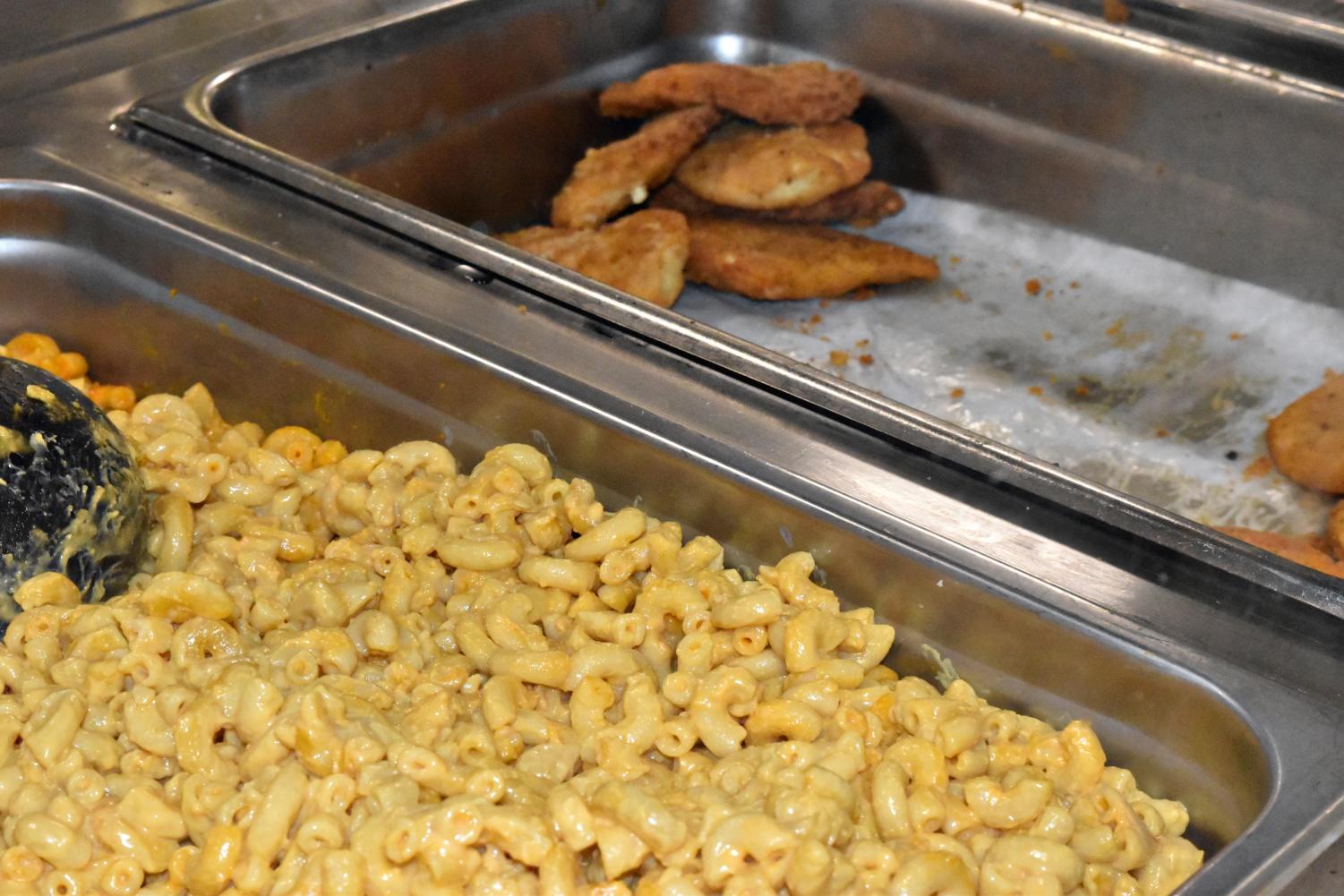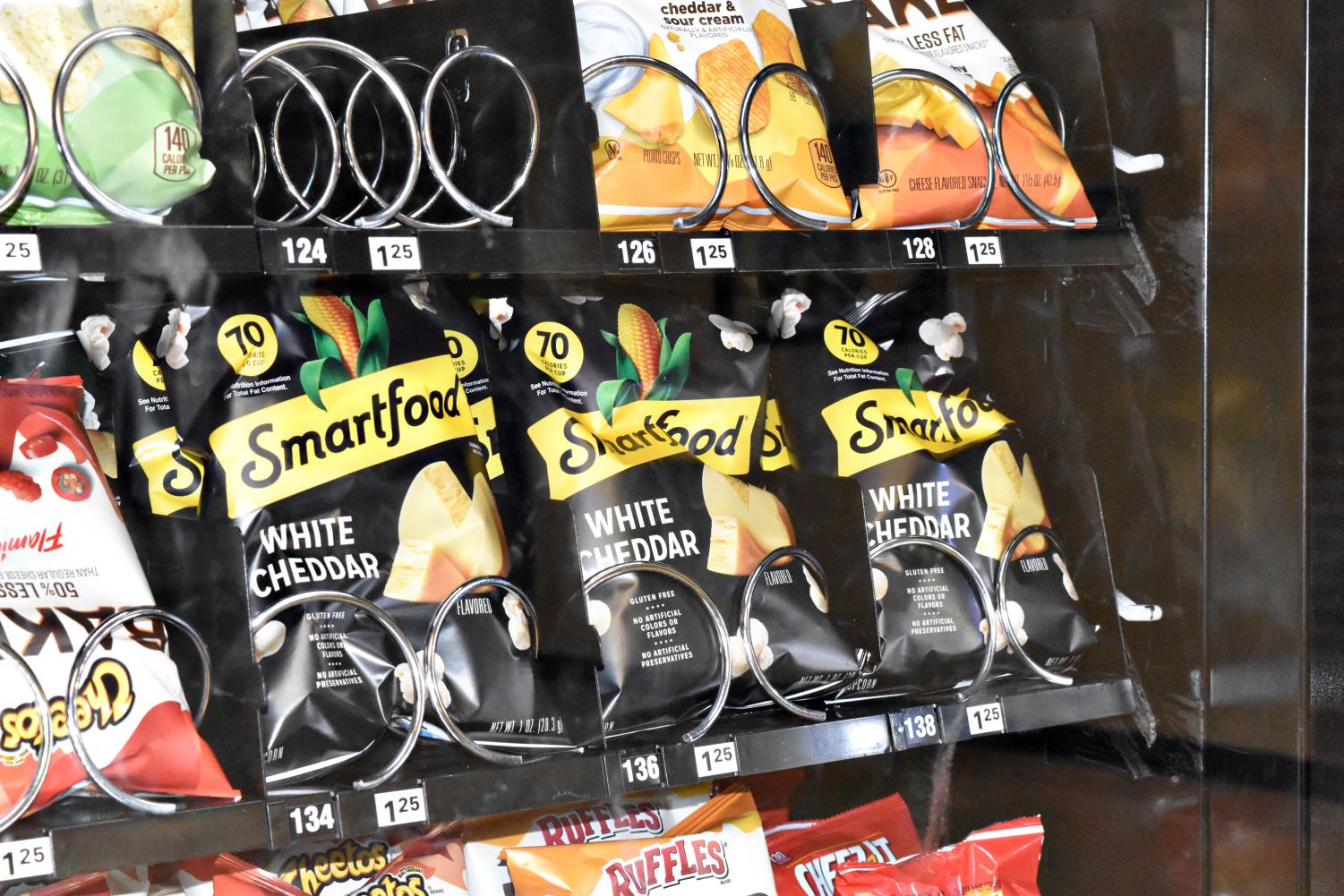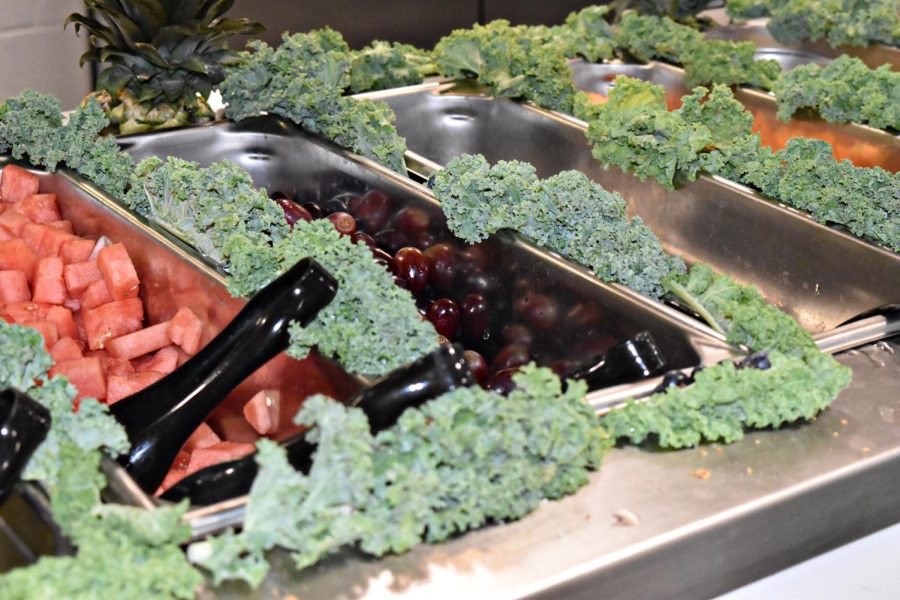Questioning whether healthy food comes at an extra cost
Photo by Ja’Nyah Villa
An array of vegetables are surrounded by seemingly decorative greens in the cafeteria.
March 8, 2023
After a price change in Quest’s services on September 1, 2022, students at West Chicago Community High School now question whether healthier food options come at an extra cost.
According to experts, meals including all five food groups are vital for growing teenagers. A bill signed into law in May 2022 mandated that Illinois school districts offer various healthy food options for students, including plant-based meals.
Teenagers need around 2,200-2,800 calories a day, the American Academy of Pediatrics claims. Having nutritious meals throughout the day is important, especially for teenagers going through puberty.
Currently, West Chicago Community High School offers free and priced food options for all students and staff via Quest, a contracted food service provider.
However, some of the purchasable food in the school’s cafeteria tends to be healthier options like fruit cups, salads, and salad wraps. Because of state guidelines, schools must follow a strict regimen that limits options: free items are usually snacks and meals like mozzarella sticks and pasta, whereas students pay $2.75 if they want a fruit cup with yogurt.

The question as to whether students and staff pay more for healthy foods is not just relevant to West Chicago Community High School. Across the board, prices for groceries are higher.
“Life right now is crazy, so we all [pay more]. Life is becoming too expensive, too. Even if I go to the store, I pay more for healthy stuff,” Isabel Mota, Quest Food Service Director, who is in charge of food contracts, said.
In February, the Wildcat Chronicle conducted a poll asking students and staff if they thought that the cafeteria offered nutritiously-balanced meals. Over half of those who responded, 53%, said no.
“You can only get a nutritional meal if you pay for it. The free options are usually way less healthy and lower quality,” Lauren Sikma, a current junior at West Chicago Community High School, said.
State guidelines are very specific, and require certain amounts of food to be implemented into school menus. Schools may offer low-fat milk, there is meant to be a decrease in sodium intake, and 80% of grains must be whole grain.
“The guidelines are not achievable and realistic,” Cathy Collins, a nurse at WEGO, said.
Despite those items occasionally being offered to students, higher quality items may come at a cost and not all students can afford them. Collins believes the current guidelines from the state focus more on preventing childhood obesity than nutrition. However, whether or not nutritional meals are an area of concern, Collins did not say.
“Honestly, just eating a few meals here a week will not make you obese,” Collins said.

According to Dan Oberg, Director of Business Services, the school just renewed a contract with Quest for the upcoming school year. The school is involved with the menu, often giving recommendations to Quest, but ultimately, pricing is determined by the food service provider. The Covid-19 pandemic also had an impact on the cafeteria and its operations.
“With COVID, a lot of those companies and vendors were just short on staff and not able to produce the food, and then that wasn’t available to schools and other companies,” said Oberg.
Oberg explained that the staff in the cafeteria is “making sure when [students] go through and get the free meal option, that there is fruit there by the cash register so that it’s much more visible, and hopefully the students take those.”
Meanwhile, Quest will continue to provide free meals for now, and free or reduced lunch will remain an option for those who meet a certain income requirement as a family.
“And I would rather have you eat free lunch or free breakfast here knowing that (you had) two good full meals because there’s a lot of students who go home where there is no food,” Collins said.






